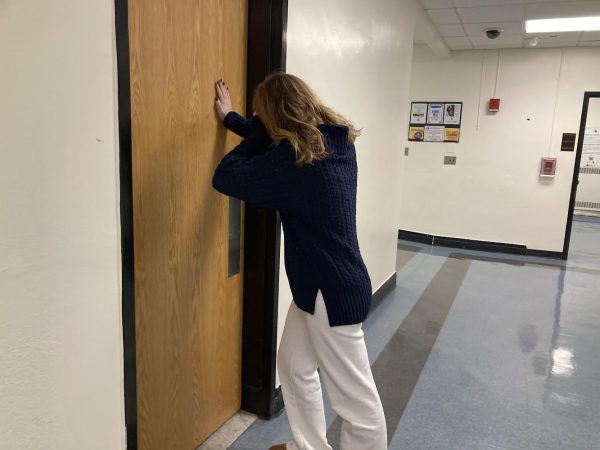How Much is an Hour Worth?

People Volunteering
March 24, 2014
With the recent weight thrust upon the value of engaging in community service as a criterion for getting into college, more and more high school students are beginning to get involved with different service projects in their communities.
Naturally, as with most teenage activities, the question is posed as to whether or not community service is beginning to evolve into a competition- who has more hours than who, who has the most hours in the class, and that sort of thing. Some condemn the notion as dishonorable; some view it as a tool to get more kids involved.
I believe the proper questions are these: is friendly competition detrimental to the value of the service itself? And if so, would that then taint the value of the community service “hour” from a moral standpoint?
Unfortunately, there are no direct answers to these looming questions. However, I will say in defense of those who argue that competition is not such a bad thing, that the only possible outcome of this evolving competitive phenomenon is more volunteering, and I personally am hard-pressed to find the detriment in that.
The argument can be made, though, that the value of the service “hour” has found its way to being analogous to the dollar, euro, and exchangeable token at My Three Sons. Students, it seems, carry the notion that the kid with 150 hours is the kid driving the new Mercedes, while the kid with only 15 is still piloting his mom’s minivan. Leave it to high school students to turn the least hierarchical idea in humanity into a status pyramid of selflessness.
But the underlying imperative in this scenario is this: students, regardless of their motives, are together, committing themselves to bettering the lives of others. When a team of students are working to clean up a park, it doesn’t matter how many hours each of them have. Kids serving soup at a homeless shelter are not concerned with how many more hours they have than their peers, and the people they are serving are even less so.
Sure, the community service hour is gaining stock value. If the hour was an actual currency, the rate of inflation would be through the roof. But unlike a business, the rapidly growing industry of community service will never see a bust. There will never be a decline in selflessness. Children are growing up in an age where giving back is an obligation, and this is a gorgeous thing. Never will there be a decrease in generosity, and never will there be detriment in helping others.
But the other beautiful part is that the hour is not just measured as a quantitative object. The hour is representative of an intangible idea that is more powerful than any currency. Every hour committed by a student is a sign of the benevolence inherent in humanity, a trait that tends to be overlooked in an age where selfishness and personal success seem to be the status quo. We see not just an object of time in a community service hour, but a reminder of the tender altruism that is firmly embedded in humankind amidst the scowling reputation of modern life. We see a revival of the notion of giving back; we see the inspiring sense of optimism and responsibility that the youth so fervently displays through their growing commitment toward making a positive difference.
And if a little friendly competition sparks that, then hey, I’m all for it. Nowadays, an hour is worth a hell of a lot more than 60 minutes.












